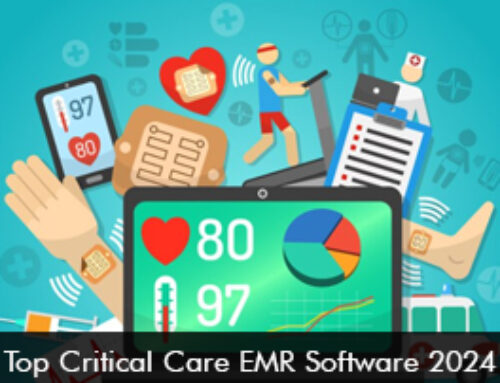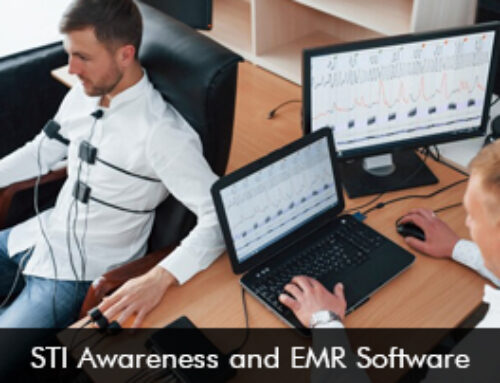The Defense Health Agency mulls over applying new technology to manage the increasing clinical data it receives from its EHR modernization. The Defense Department’s migration to Cerner is going at a good pace and the Defense Health Agency (DHA) is gathering information on ways of best managing and migrating its data to the new EHR.
The DHA has already sought assistance from its industry partnership network regarding the colossal data migration challenges it’s currently facing in its big EHR modernization move. The said move is expected to continue over to the next decade and will grow even more complex as it adds the Coast Guard with it. An integration with the Veteran Affairs is also expected in the future.
A statement from the DHA Officials states, “coordination of reference data tables and mapping of data elements is necessary to ensure consistent and accurate measurement capability and semantic interoperability between component systems through this transformation.”
DHA claims that it is now very interested in knowing more about quality tools that can assist it in managing enterprise data management systems for the MHS. It is also looking at ways that would facilitate its ability to meaningfully share medical data between its current EHR systems and the data management systems of its new commercial EHR.
According to a reliable news source, the existing data systems of DHA currently maintain medical records of a little over 20 million people. Revealing further information on the mentioned health data, DHA officials said, “Much of the data is in standard code sets (ICD9, ICD10, CPT, MEDCIN, etc.) but there are also tables of system specific institutional data.”
With the expansion of MHS Genesis along with the added complexity brought up by the Coast Guard and VA integration, the variety and volume of medical data are expected to increase substantially in the years ahead.
“As the new EHR generated health data begins to predominate over the next few years, DHA will need reference and metadata management systems able to relate national standard terminology to MHS system usage, and to enable proactive management of measurements from the clinicians’ desktop to enterprise dashboard presentation,” the agency said adding, “The anticipated increase in clinical data from the new EHR, and the need to integrate decades of historical health and business system data, will require a robust enterprise reference and metadata management system.”







